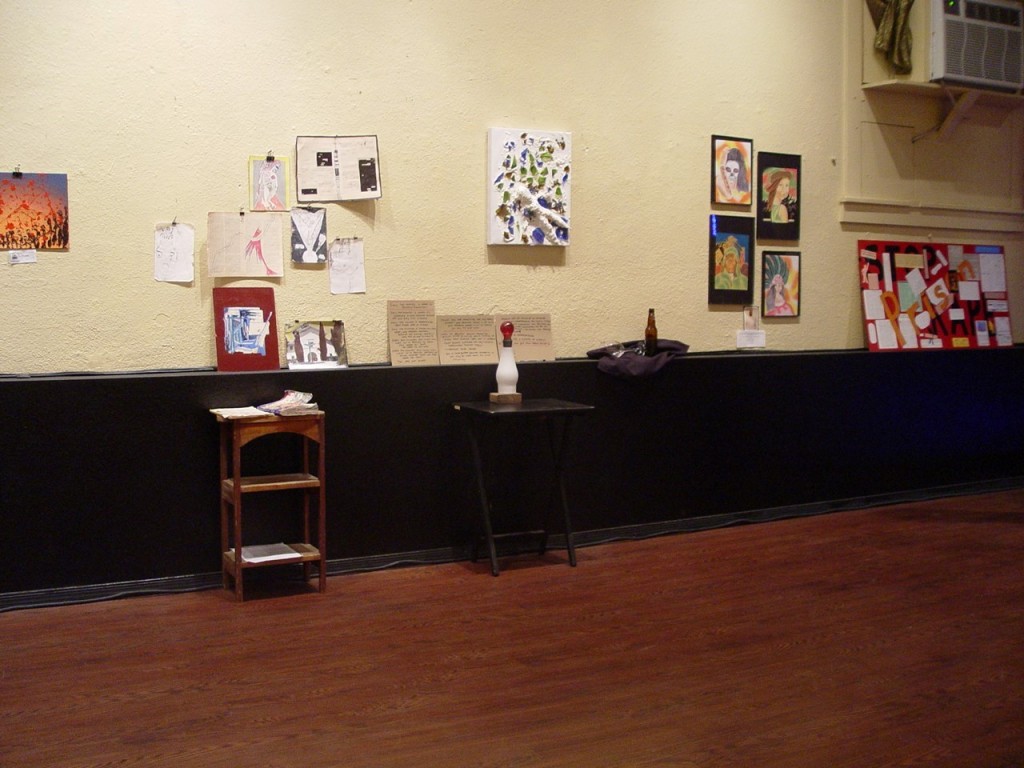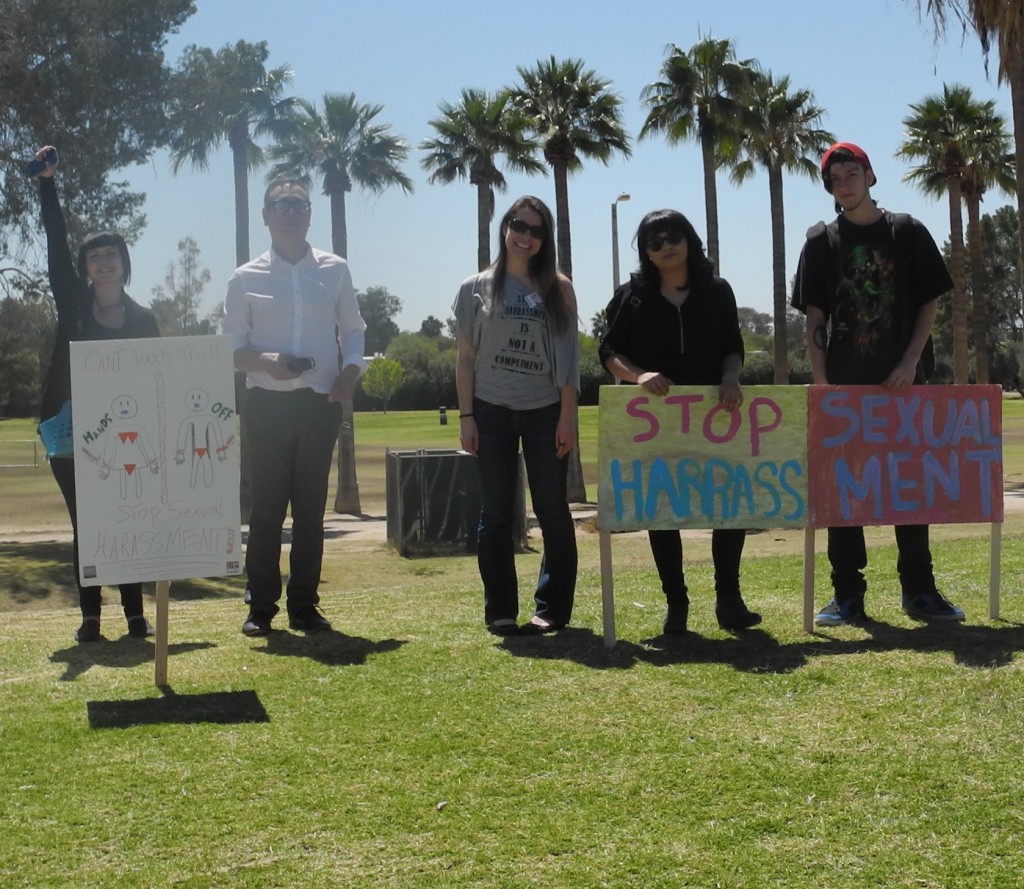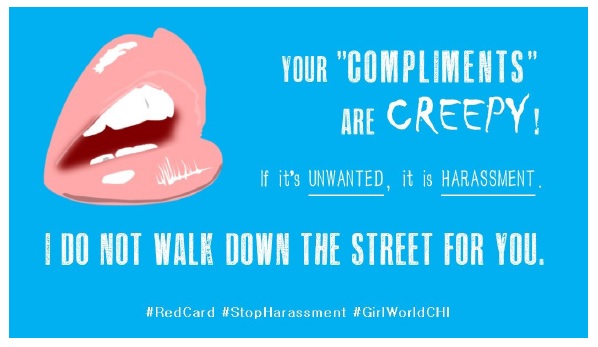I was going for a run, and it was windy and rainy and cold. A woman walking her dog in the other direction smiled at me and said, “I admire you.”
– KG
Location: Dunedin, New Zealand
This is part of the series “Street Respect. “Street respect” is the term for respectful, polite, and consensual interactions that happen between strangers in public spaces. It’s the opposite of “street harassment.” Share your street respect story and show the kind of interactions you’d like to have in public in place of street harassment.




